
ABOUT SCOTT FRANKLAND
Scott Frankland is Head of Content at Sengerio. His spirit of inquiry leads him to the world of transportation and mobility to connect with the industry’s leading experts and shine a light on the hot topics.

More distance learning means less time on campus — which seems like a good thing from an environmental point of view. But from a mobility perspective, this has changed the dynamics of how people commute.
This is especially true when it comes to parking because people no longer want to pay for monthly permits if they drive to campus less frequently. Why pay for something you’re not going to use?
The University of California (UC), Davis campus recognized the evolving needs of its community and has replaced its monthly permit system with daily parking rates, with the help of its recent partnership with a leading parking app and implementing license plate recognition technology.
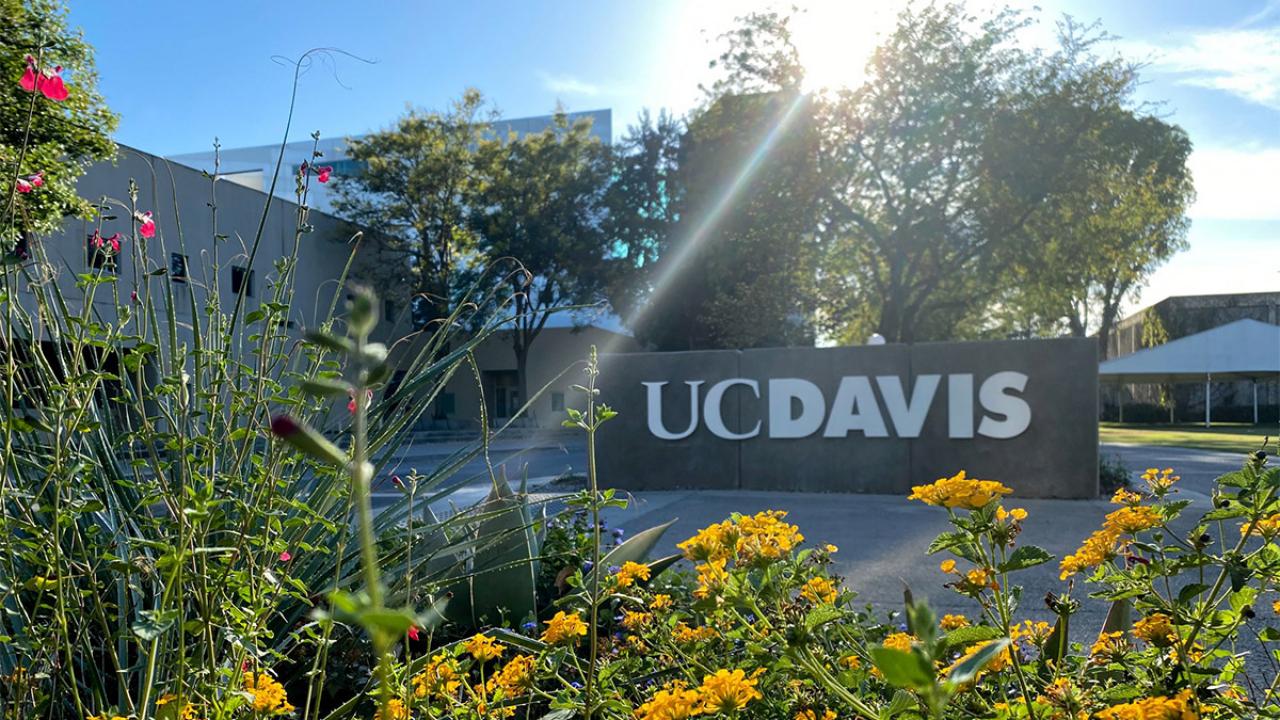
For the second chapter in Sengerio’s miniseries on Mobility Management, I had the pleasure of talking with the Executive Director of Transportation Services at UC Davis, Perry Eggleston, to learn more about the recent pricing restructuring and how the university is using Transport Demand Management strategies to accommodate the transition back to campus later this year.
Before we jump into the details, here’s an overview of the noteworthy transportation program UC Davis has established prior to implementing its new parking strategies.
In 2019, UC Davis Transportation Services, along with a consulting team led by Alta Planning + Design, published a report that grounded the framework to improve mobility and connectivity at the university’s campus.
The report, known as Transportation Tomorrow, builds upon UC Davis’ already reputable multimodal campus to consider future challenges and how they can be overcome to provide greater mobility and connectivity for the university’s community.
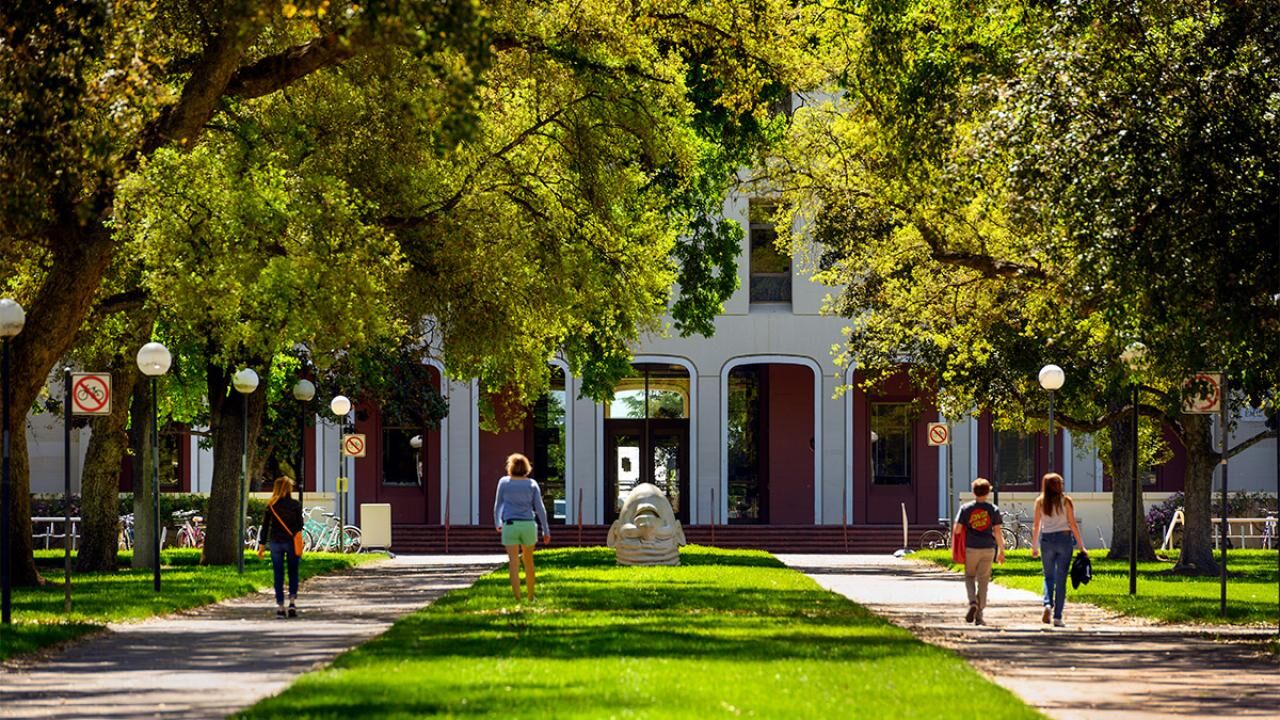
As with many of today’s mobility programs, UC Davis strives to decrease greenhouse gas emissions by promoting a shift from single-occupancy vehicle (SoV) trips to transit, walking, biking, ride-hailing, and other modal commutes. This is in accordance with the University of California Sustainable Practises Policy that states every UC campus must decrease greenhouse gas emissions by 10% by 2025.
Following extensive research and consultation, Transportation Services implemented a Transport Demand Management (TDM) framework consisting of ten outcomes that provide the blueprint to accomplish their sustainable transportation goals.
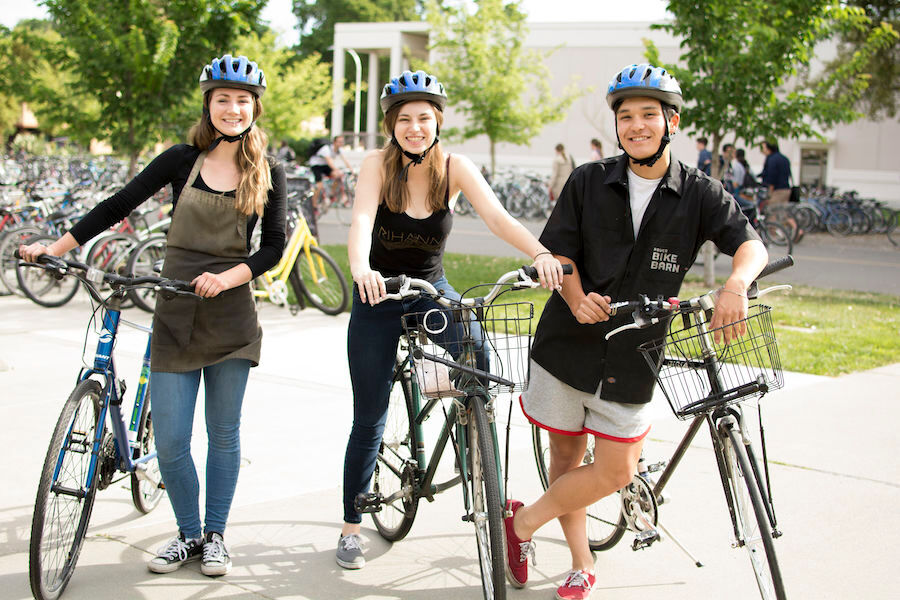
The framework and its outcomes address several issues such as the increasing campus population that could potentially increase the number of SoV trips to the university. A greater SoV volume on campus is neither beneficial for the university’s sustainability goals nor ideal for the necessary infrastructure to accommodate such an increase.
In fact, Transportation tomorrow points out that if the university were to accommodate the increase in personal vehicles on-campus by building additional parking facilities, the total cost would exceed $300 million and would consequently send the cost of a parking permit through the roof.
For this reason, the university’s TDM strategy aims to strengthen alternative and active transportation programs such as incentivizing public transit, walking, biking, and much more, to ultimately relieve the high-parking demand.
When the pandemic hit back in early 2020 and the sheltering-in-place order forced the majority of the community into teleworking, the university reduced its total number of travel operations.
This presented several problems for Transportation Services and their TDM program because, as an auxiliary unit on campus, the department does not receive any external funding for maintaining the campus’ transportation infrastructure and relies solely on creating its own revenue.
Given that this revenue is generated through parking fees, the department has faced a massive drop in its operating budget of approximately $8 million in the last twelve months. Consider that in the fall of 2019, 95% of on-campus parking spaces were being regularly used stooped to a 20% capacity in the fall of 2020.
Despite this loss in revenue, Transportation Services have shown that the pandemic has a silver lining by being able to continue operationalizing its TDM strategies thanks to the smaller population on campus.
During a video meeting with Perry Eggleston, the Executive Director of Transportation Services at UC Davis, Sengerio learned more about how the department is adapting and structuring its mobility strategies to accommodate the anticipated return to campus.

This included the implementation of daily parking rates, an integrated parking platform, Licence Plate Recognition (LPR) technology, and the integration of teleworking into UC Davis’ TDM fabrics beyond the pandemic.
We used the pandemic as an opportunity to make the switch and implement several of our new strategies such as Licence Plate Recognition technology and introducing the daily parking rates.
Right now, we’re running about 10-15% of utilities across the campus which is only affecting a small number of people. As we make the changes to our systems, we’re finding certain areas where we need to improve or adjust and identify the areas we hadn’t initially thought about.
I’ve had the support of the campus and my great team who are 100% behind this project. While I am the visionary, my team comes back to me with the reality and shows how we can operationalize things— I work in a great team and that’s the only way this project has been successful.
Perry and his team of experts at UC Davis Transportation Services reflect the underlying strengths of utilizing TDM as a philosophy that can be applied to a specific community in any sort of context— even pandemics. Let’s take a closer look at how UC Davis’ TDM is revolutionizing the transition back to class.
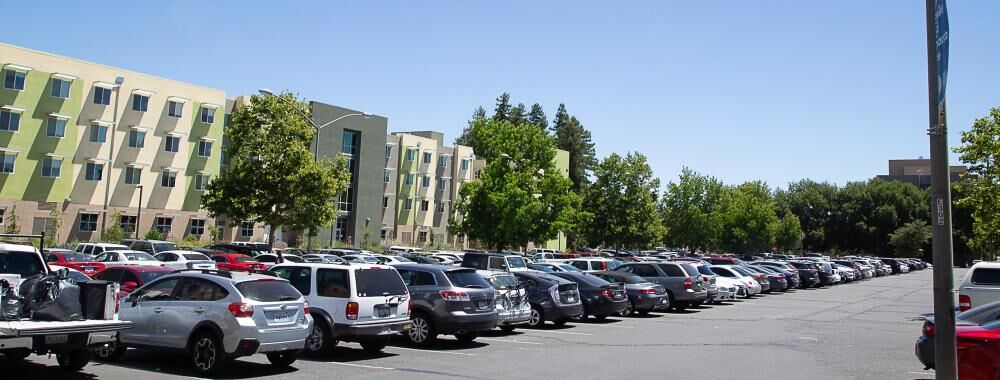
UC Davis has released daily parking rates for its students, employees, and visitors as a way to minimize and eventually displace the need for buying monthly parking permits.
The move was outlined in the university’s TDM strategy as a way of encouraging its community (of affiliates and non-affiliates) to consider their daily commute habits and whether it is worth driving to campus every day or using another mode of mobility.
Daily parking rates allow for the university’s community to pay for the parking they require and prevent buying ‘bulk’ permits that include days where parking isn’t necessary— the community only pays for the days it wants to park.
To overcome any potential grievances that typically follow price modifications, Perry and the team at Transportation Services determined a formula by taking the monthly cost of all three levels of UC Davis’ parking permits and multiplying each by twelve, and dividing the sum by the total number of working days (245) in the 2020-2021 fiscal year.
The calculated daily rates show how much money drivers can save with the new system, which is even more significantly cheaper as the total parking days in the year decreases.
Why is this so significant?

The goal was to better utilize our current facilities and get people to look at alternative transportation. The problem we found with monthly rates was that if you’d already paid for parking and you’re sitting at home thinking “do I really want to walk, bike, or bus today?”, the most common response is “well I’ve already paid for parking so I might as well drive”.
We’ve inverted the paradigm by putting parking as the last choice. So now if you choose to use alternative means such as transit systems or biking, there is an intrinsic benefit to the choice because you don’t pay for parking.
Another important point is that daily parking rates provide a flexible solution for the university’s community that has incorporated telework into their schedules, which Transportation Services hopes to extend beyond the pandemic. As Perry explains,
As part of the on-campus committee called ‘Workplace Reimagined’, where I’m the co-chair, we’re bringing a dynamic group together to keep telework going past the pandemic. And our answer to this argument is TDM.
Although there are certain groups where it is more difficult to adopt telework, there are other groups, especially in the IT department, that are eager to stay off-campus and just come back once in a while when they need to. Then there’s the other group that’s in the middle that requires a more flexible schedule for coming on campus and teleworking other days,
In general, giving these groups access to daily parking rates is perfect because they pay when they show up and don’t need to pay when they’re not on campus.
For more information about teleworking as an alternative mobility mode, check out this upcoming International Parking & Mobility Institute webinar hosted by Perry Eggleston and his colleague Ramon Zavala, Transportation Demand Manager, at UC Davis.
Perry also highlighted that encouraging a telework hybrid model would help the organization of large events on campus where parking demand would be extremely high. In this model, the university is able to increase teleworking on certain days when a large event is taking place, such as a sports event.
This flexibility, coupled with the daily parking rates, means we can use the pricing structure to meet the required parking demand. By using the pricing accordingly we can move the demand around campus based on the needs.
This applies to the university’s daily operations because an empty parking space in a daily rate system is a waste— unlike the monthly permits where we would get everybody’s payroll deduction each month that would go towards our revenue.
We have to keep an eye on this and use the pricing structure to our advantage because even one or two dollars a day is better than zero.
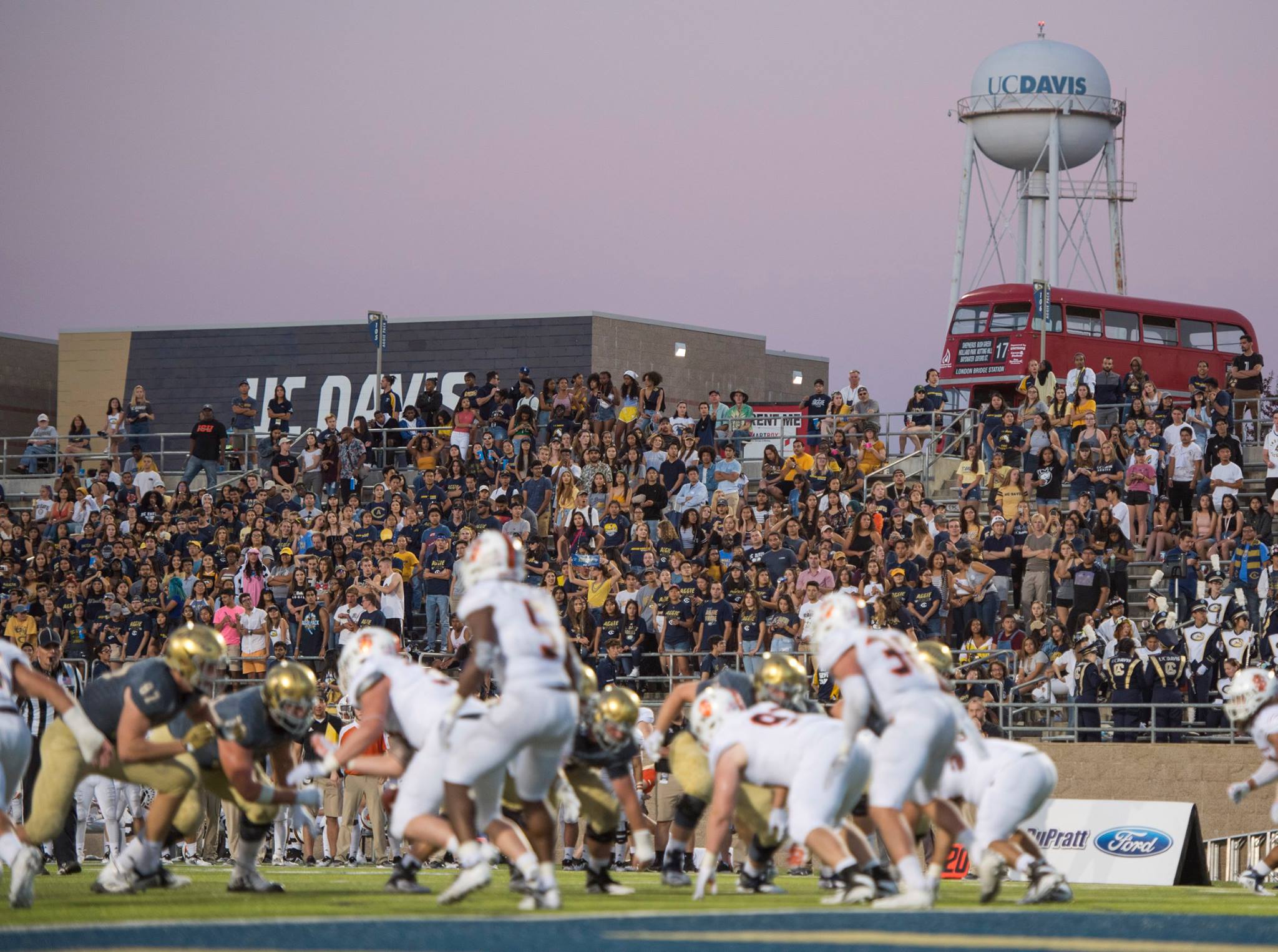
To further advance its parking efficiency, UC Davis has partnered with ParkMobile, the leading North American provider of smart parking, to provide a platform for its community to pay its daily parking fees via the ParkMobile app.
ParkMobile utilizes a contactless approach to simplify the process of finding and paying for parking. Today, ParkMobile has over 2.3 million users in the State of California and its mobility solutions continue to benefit many organizations across North America.
For the UC Davis community, drivers simply need to download the ParkMobile app onto their smartphones and create a profile using their institution’s email address. From here, drivers should enter the correct zone in which they’re parking, set the time and vehicle information, and then pay.
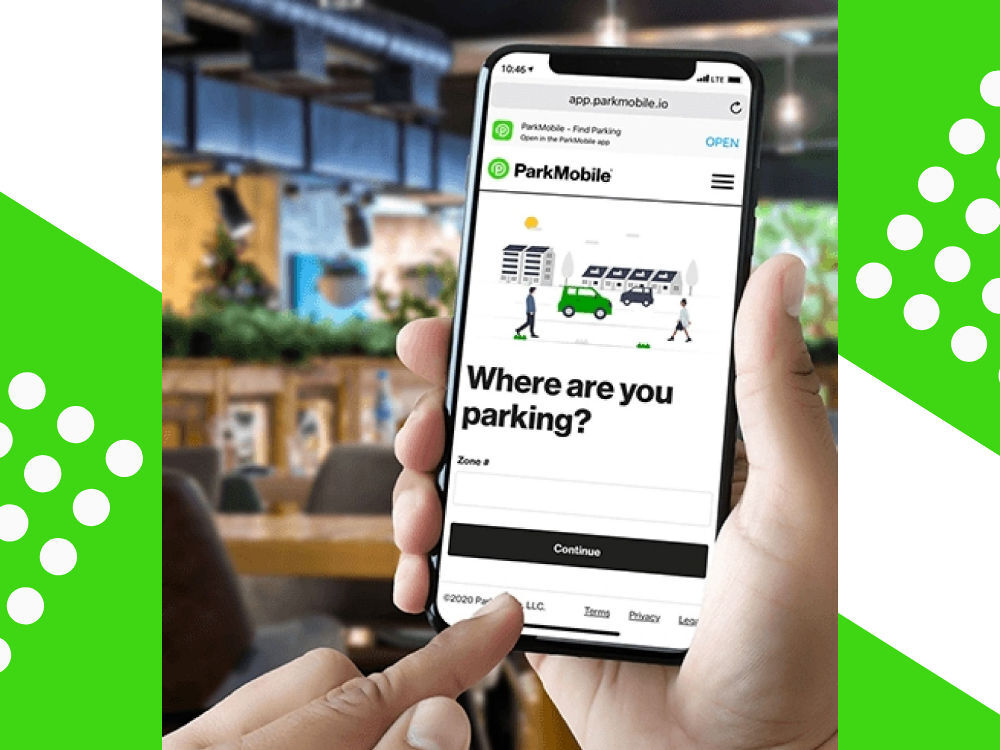
Transportation Services has also equipped LPR technology to its campus parking facilities to scan vehicles’ license plates which then integrates this information directly to ParkMobile to streamline how management can recognize who has paid and who has not.
This offers an easy-to-use system for all members where the license plate serves as the permit and eliminates the need for plastic permits that are frequently used across other parking facilities.
In general, the combination of ParkMobile and LPR technology reinforces the university’s parking management efforts in implementing daily parking rates by utilizing a system that can relay the important information back to the transport team’s system— which all ties in neatly with their TDM strategy.
With ParkMobile and the daily parking rates we want to get drivers to realize that every time they press the button to pay for their parking, they become more aware of the accumulating cost and are eventually more tempted to find an alternative means of transport.
UC Davis was once again recognized as one of the Best Workplaces for Commuters this year for meeting the National Standard of Excellence for their commuter benefits. Its success is largely thanks to the continuous investment in improving the connectivity of its mobility network.

More recently, however, it has been thanks to the innovative solutions that the mobility experts have put in place to steer the university’s transport program in the right direction throughout the uncertain period.
This second chapter of Sengerio’s Mobility Management series has observed TDM in the context of parking, thanks to UC Davis’ recent introduction of daily parking rates and accompanying technology that provides a fantastic insight into what the near-future holds in terms of parking management.
More importantly, it highlights how TDM is an essential factor in resolving institutional challenges that stretch beyond parking facilities and that organizations must work hand-in-hand with transportation departments to coordinate a safe and efficient return to class.

ABOUT SCOTT FRANKLAND
Scott Frankland is Head of Content at Sengerio. His spirit of inquiry leads him to the world of transportation and mobility to connect with the industry’s leading experts and shine a light on the hot topics.